3 elements 253,3 x 18,5 x 29,0 cm each
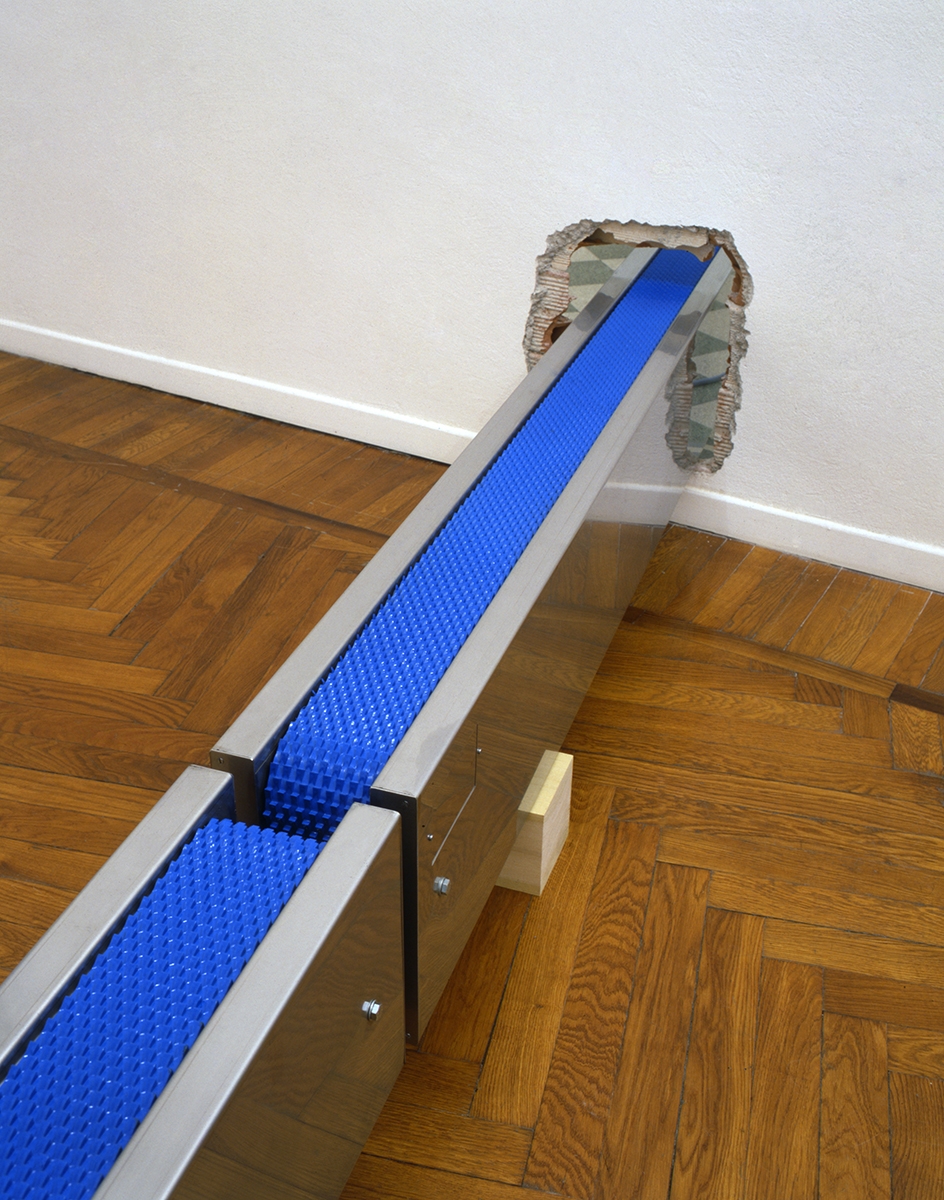
Installation at Galleria Raffaella Cortese, Milan
Photo © Antonio Maniscalco3 elements 253,3 x 18,5 x 29,0 cm each
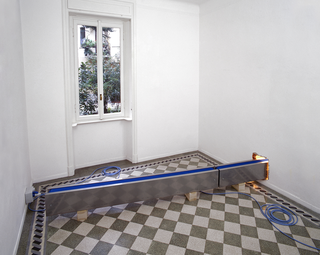
Installation at Galleria Raffaella Cortese, Milan
Photo © Antonio Maniscalco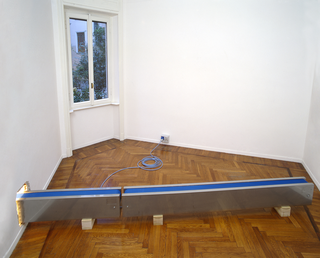
Installation at Galleria Raffaella Cortese, Milan
Photo © Antonio Maniscalco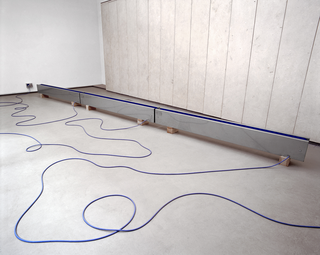
Installation at Galleria La Giarina, Verona
Photo © Antonio Maniscalco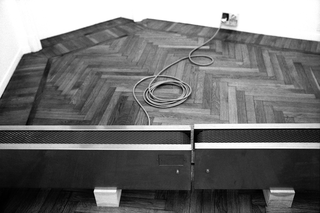
Installation at Galleria Raffaella Cortese, Milan
Photo © Giorgio Colombo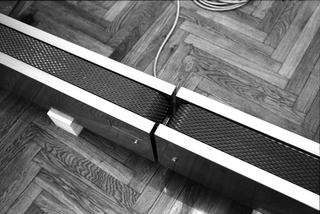
Installation at Galleria Raffaella Cortese, Milan
Photo © Giorgio Colombo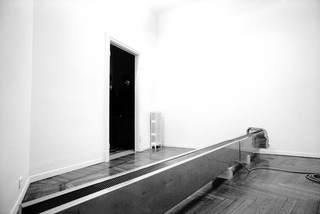
Installation at Galleria Raffaella Cortese, Milan
Photo © Giorgio Colombo
Installation at Galleria Raffaella Cortese, Milan
Photo © Giorgio Colombo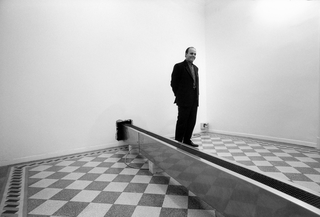
Installation at Galleria Raffaella Cortese, Milan
Photo © Giorgio Colombo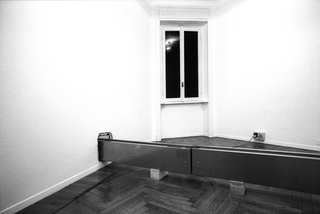
Installation at Galleria Raffaella Cortese, Milan
Photo © Giorgio Colombo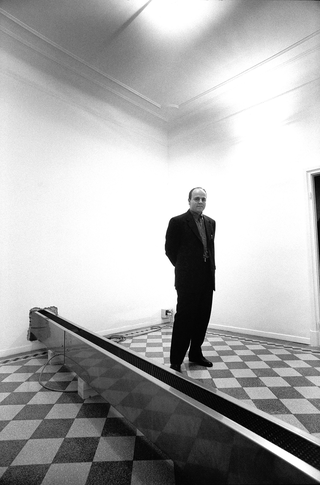
Installation at Galleria Raffaella Cortese, Milan
Photo © Giorgio Colombo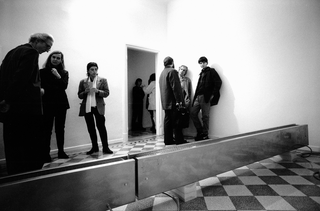
Installation at Galleria Raffaella Cortese, Milan
Photo © Giorgio Colombo
Social
Contatti
umberto@cavenago.info